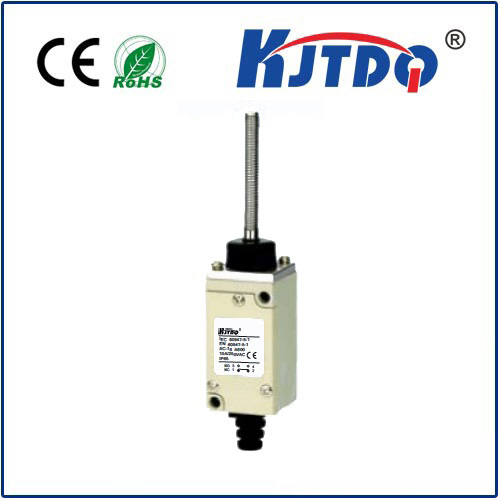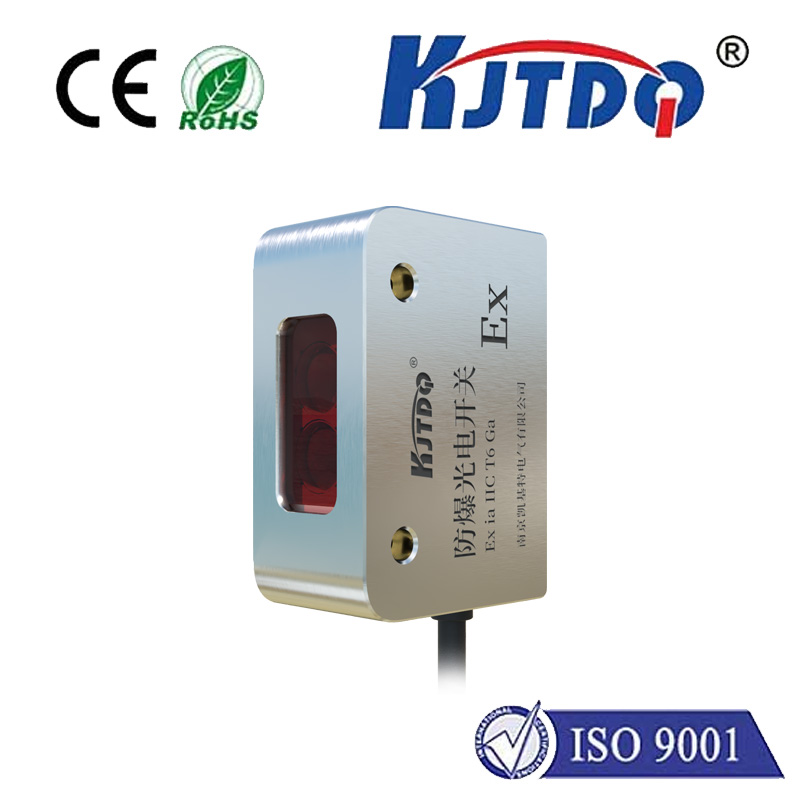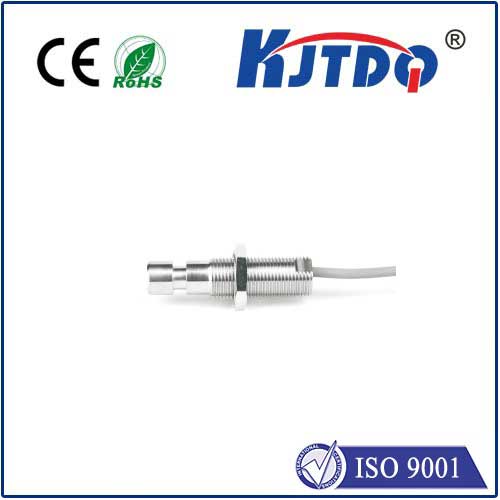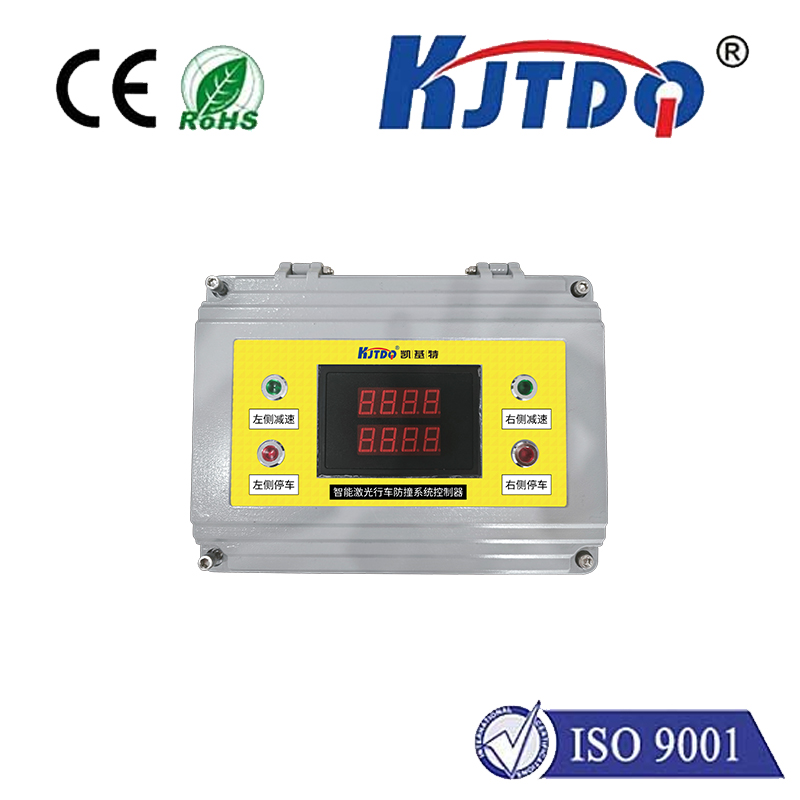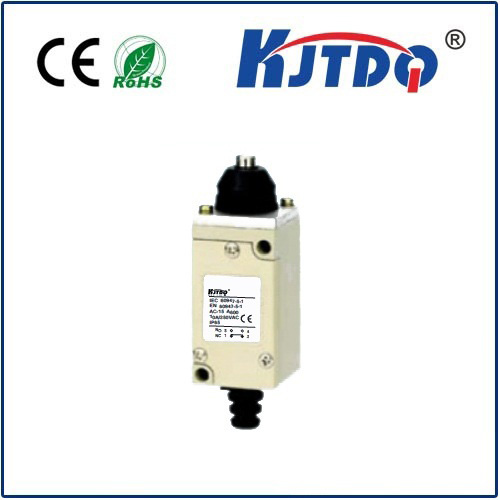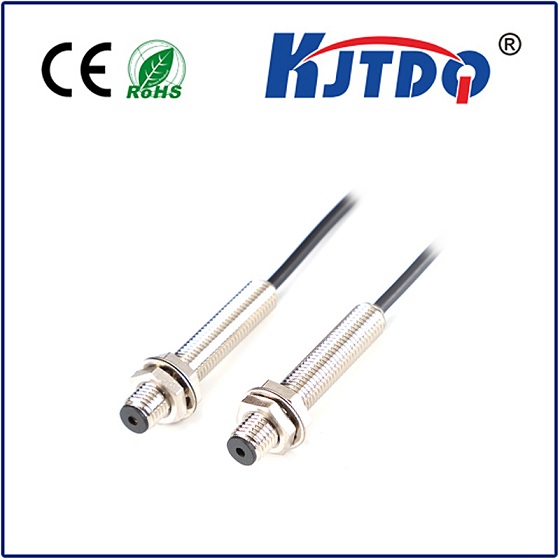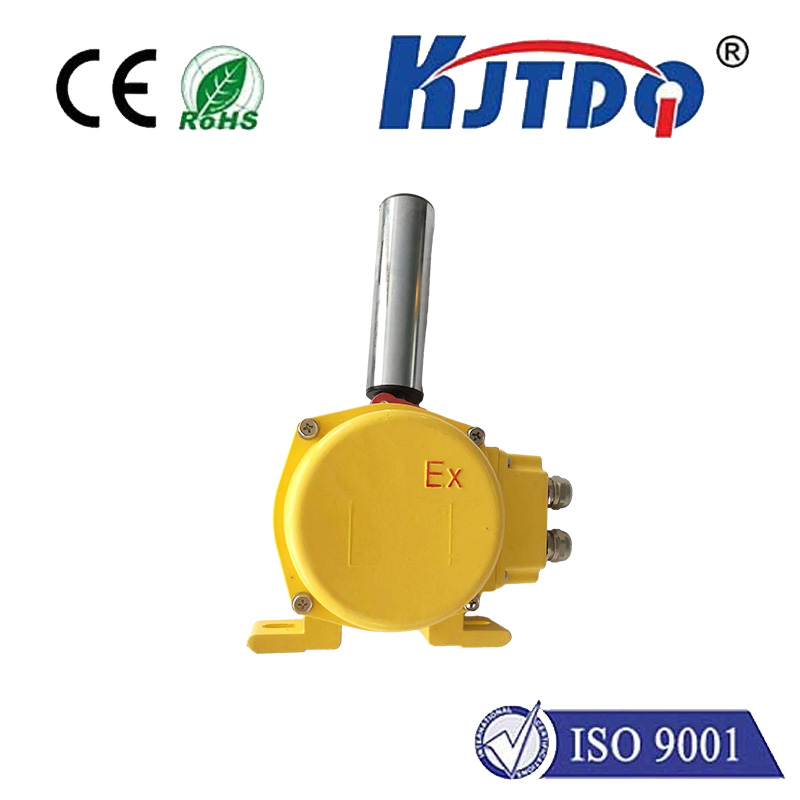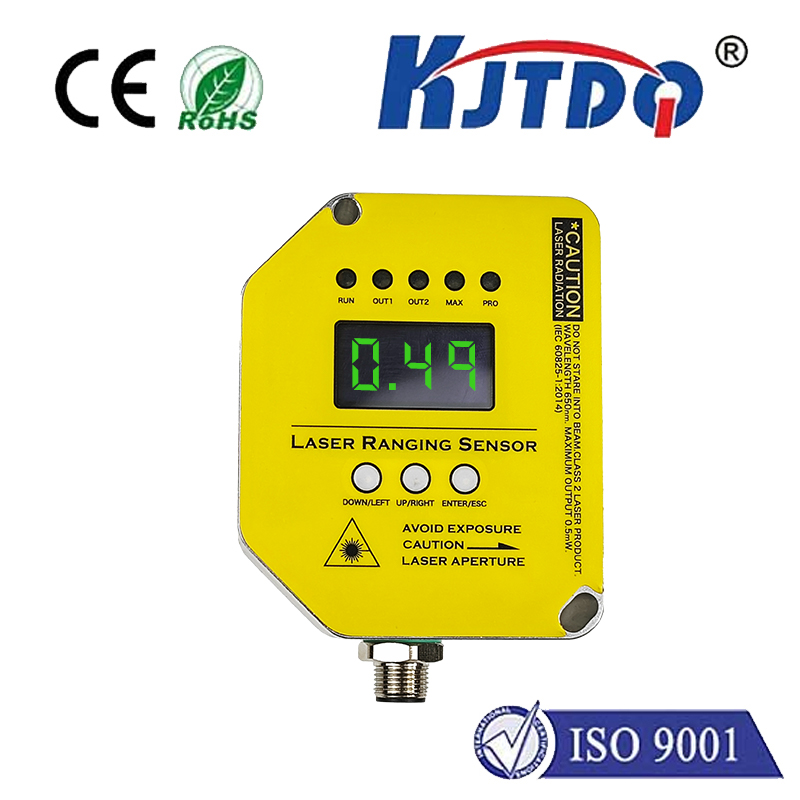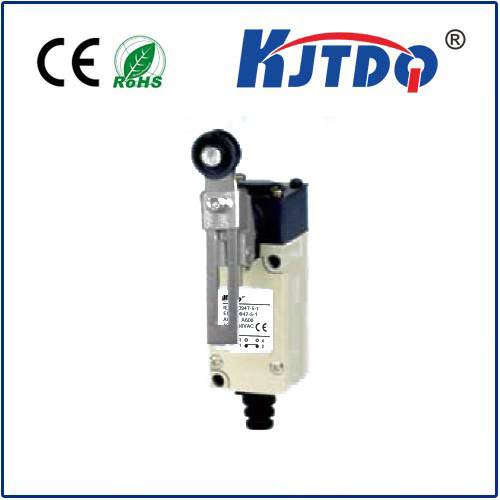

check

check

check

check

check

check

check

check

check

check
Introduction:
Proximity sensor robotics has revolutionized the way industries operate, particularly in industrial automation. These innovative sensors have significantly enhanced efficiency and safety in manufacturing processes by enabling machines to detect and respond to their environment in real-time. This article will explore the impact of proximity sensor robotics on industrial automation, discussing how they are transforming traditional manufacturing practices.
Section 1: Improved Efficiency
Proximity sensor robotics have significantly improved the efficiency of manufacturing processes. By using advanced algorithms and machine learning techniques, these robots can quickly adapt to changing conditions and optimize their performance. For example, robots with proximity sensors can adjust their speed and movement accordingly, ensuring that they always stay within optimal working ranges. This leads to increased productivity and reduces downtime caused by equipment malfunctions or unexpected issues.
Section 2: Enhanced Safety
Proximity sensor robotics also contribute to improved safety in manufacturing facilities. These sensors help detect potential hazards in the workplace, such as hazardous materials or moving objects, allowing workers to take appropriate precautions before any accidents occur. Additionally, proximity sensors can be used to prevent collisions between machines, reducing the risk of injuries for both humans and robots. By providing real-time information about the environment, proximity sensor robotics enable manufacturers to implement safe and effective manufacturing processes.
Section 3: Integration with Other Technologies
Proximity sensor robotics are increasingly being integrated with other cutting-edge technologies in industrial automation. For instance, these sensors can work in conjunction with artificial intelligence (AI) systems to analyze data from various sources, such as sensors, cameras, and actuators. By combining the power of AI and proximity sensor robotics, manufacturers can achieve even greater efficiency and safety in their production processes.
Conclusion:
The adoption of proximity sensor robotics in industrial automation has had a profound impact on manufacturing practices worldwide. These sensors have greatly improved efficiency and safety, while also contributing to the development of new technologies that push the boundaries of what is possible in industrial automation. As manufacturers continue to explore the potential of proximity sensor robotics, we can expect to see even more innovative applications in the years to come.
